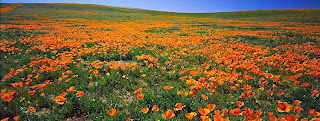The cliffs of Latrabjarg, in Iceland, are home of millions of birds, including puffins, northern gannets, guillemots, and razorbills. Noteworthy; some of 40% of world population for some species of birds like, Razorbill, live on these cliff. Its measurement is considered largest birds cliff of Europe’s at 14 Kilometer long and up to 440m high. However the guillemot is the most widespread bird at Latrabjarg, and it’s the thousand of puffins that most people come here to see. Latrabjarg is well-known for how close one can get to watch the birds. Safe from foxes, the birds are fearless, and provide eye-catching pictorial opportunities from close range.
The puffins are mainly tame and are the ones frequenting the grassy, higher part of the cliffs where they build their burrows, often up to 2m in length. They return to the similar burrows they occupied the year before, more or less always during the third week of April, where they remain until August or September. Their major breeding period is from May to July. The cliffs are also home to the largest colony of razorbills in the world, as well as to thousands of other screeching breeds of sea bird as well as cormorants, fulmars and kittiwakes. The din here can be quite overpowering, as can the stench from the piles of guano on the cliff face. For centuries, the cliffs were a source of appetizing seabird eggs for the local people. Many farmers would like to catch birds and gather eggs, even risking their lives as they rappel down the unsafe cliff face. It’s projected that about 35,000 birds were caught here every year until the late 1950s. Even though eggs are still gathered from the cliff today, partly to keep alive this tradition that has been handed from one generation to the next for centuries.






































































